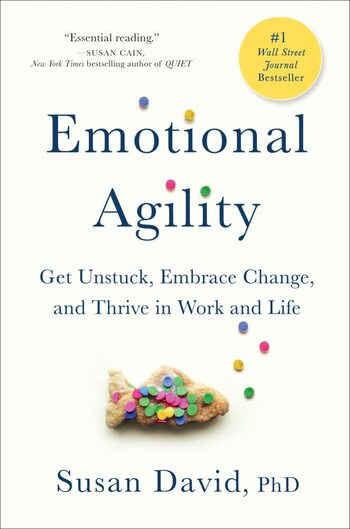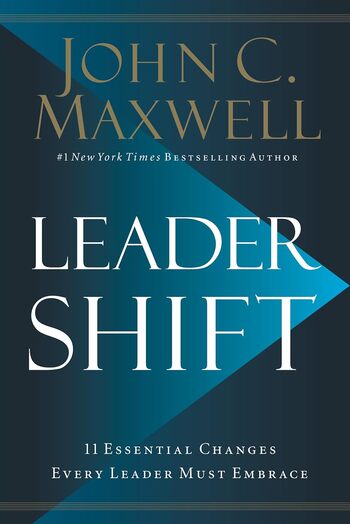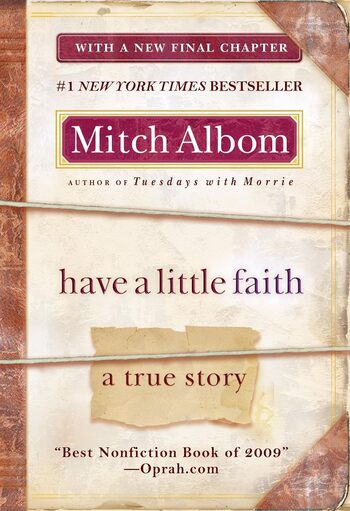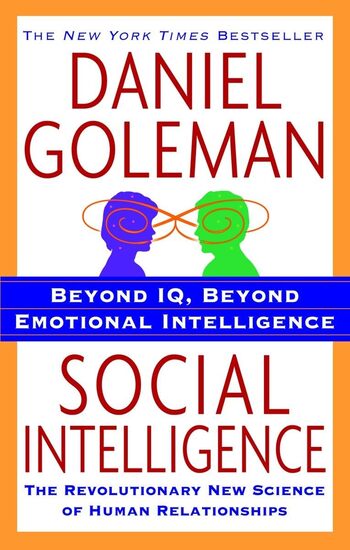
Alice tumbles down a rabbit hole into a whimsical world filled with bizarre creatures and strange adventures. Her journey is a mix of logic and nonsense, pushing her to question her perceptions.
Main Lessons
- Curiosity as a catalyst for adventure: Alice’s curiosity leads her to Wonderland.
- The fluidity of identity: Alice’s constant size changes make her question who she is.
- Authority and nonsense: The Queen’s irrational rules showcase the absurdity of arbitrary power.
- Social conventions are artificial: The caucus race and tea party illustrate pointless social rituals.
- Imagination’s power: Wonderland reflects the unlimited bounds of Alice’s imagination.
- Childhood and growing up: Alice’s journey explores themes of maturity and self-discovery.
- Reality vs. perception: What seems logical to Alice is illogical in Wonderland.
- Communication barriers: Alice often misunderstands or is misunderstood by Wonderland’s creatures.
- The unpredictability of life: Unplanned events in Wonderland mirror life’s unpredictability.
- Navigating a nonsensical world: Alice learns to cope and adapt to the chaos around her.
- The absurdity of judgment: The trial of the Knave of Hearts highlights the arbitrary nature of justice.
- Perspective’s importance: Alice must constantly adjust her viewpoint to navigate Wonderland.
- The theme of madness: The repeated idea that everyone in Wonderland is ‘mad.’








